18 Dinner Table Rules From The 1960s That Would Shock Today’s Kids

The dinner table rules from the 1960s can be quite surprising to today’s kids, reflecting an era where formality, respect, and family unity were paramount. Meals were more than just a time to eat; they were a ritual that encapsulated the values and social norms of the time. Here’s a journey back to the ’60s dining room, where the rules were as strict as they were enlightening.
1. Children were to be “seen and not heard”

The phrase “seen and not heard” was more than just words; it was a way of life at the dinner table in the 1960s. Youngsters were expected to eat quietly and speak only when spoken to by an adult. This rule was rooted in the belief that children should be respectful and not interrupt adult conversations.
Silence was seen as a sign of obedience and good upbringing, often enforced with stern looks or gentle reminders. Today’s kids, who are used to more inclusive and open discussions, might find this rule quite shocking. Nonetheless, it was a hallmark of the era’s etiquette.
2. No elbows on the table
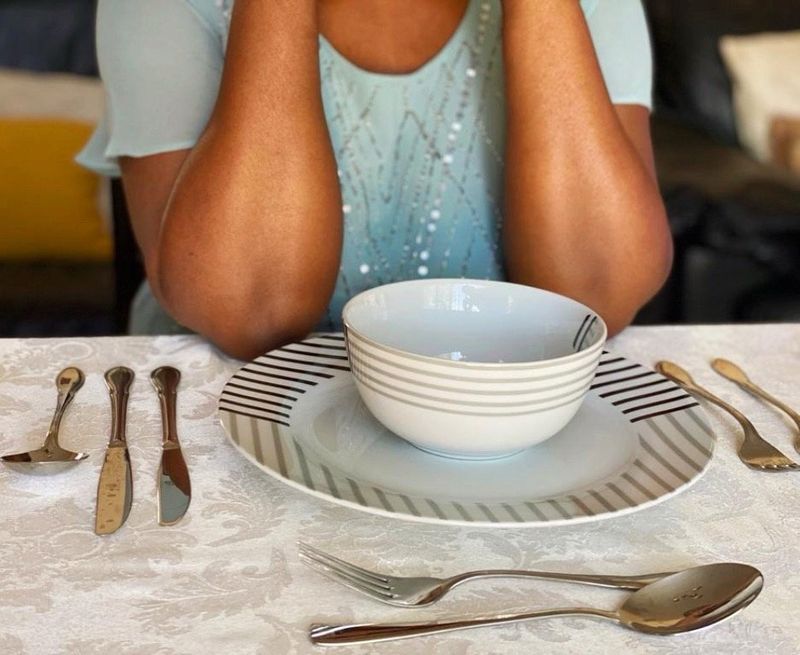
Resting elbows on the dinner table was a big no-no. This rule was strictly enforced as a matter of respect and proper posture. It was believed that keeping your elbows off the table showed good manners and consideration for others dining with you.
Parents often corrected this behavior with a simple nudge or gentle admonition. For today’s children, accustomed to more relaxed dining settings, this might seem excessive. Yet, in the 1960s, it was a standard part of dining etiquette, reflecting the social norms of the time.
3. Always wait for the father to start eating
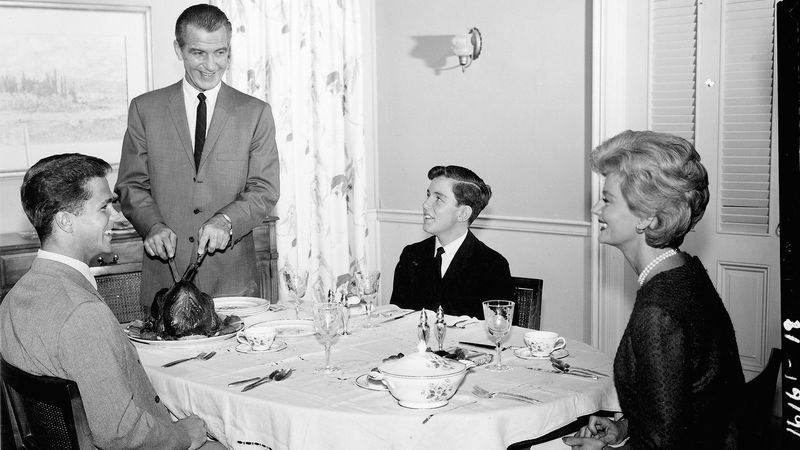
In many households, the father was seen as the head of the table, and it was customary to wait for him to start eating before anyone else did. This rule highlighted the patriarchal structure of families during the time, emphasizing respect and hierarchy.
Waiting for the father to take the first bite was a way to show deference to his role as provider and leader. While modern families often share more egalitarian roles, this rule from the 1960s underscores how family dynamics have evolved.
4. Ask to be excused before leaving the table
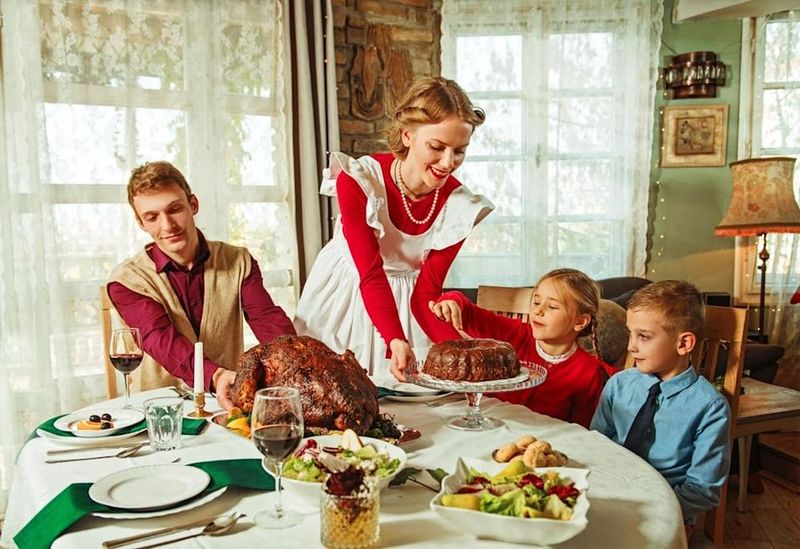
Leaving the table without permission was considered exceptionally rude. In the 1960s, children were taught to ask politely before excusing themselves from the dinner table. This practice was rooted in teaching respect for the communal meal and acknowledging the host’s role.
The act of asking to be excused helped instill politeness and consideration for others. It remains a valuable lesson in respect and patience, though it might seem outdated in today’s more laid-back family settings.
5. Dinner was at the same time every night

Punctuality was key in the 1960s dining experience. Dinner was served at the same time every night, and everyone was expected to be present and on time. This routine was not just about eating; it was about family unity and discipline.
Such consistency reinforced the importance of family togetherness, providing a structured end to the day. For today’s kids, accustomed to flexible schedules and on-the-go meals, this might seem restrictive but was a staple of family life in the ’60s.
6. No TV or radio during meals
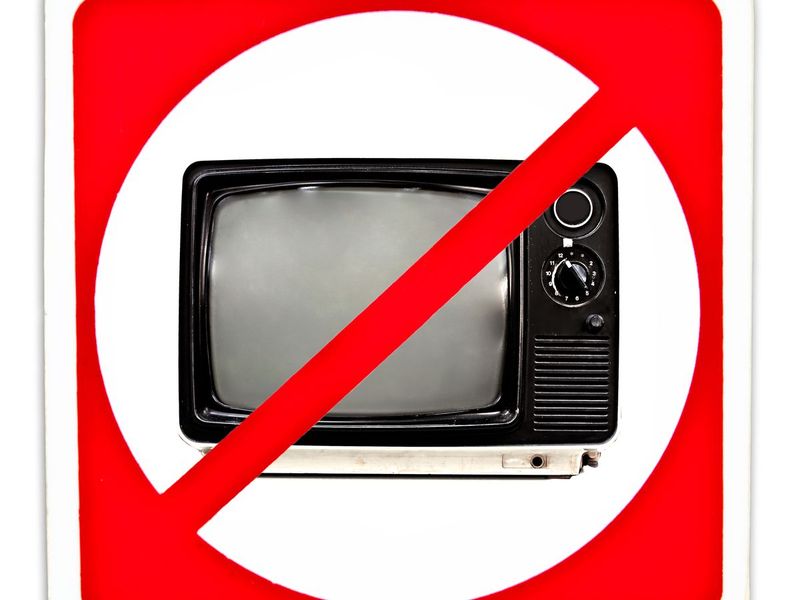
In the 1960s, dinner was considered a sacred time for family interaction. The presence of a TV or radio was considered a distraction, taking away from meaningful conversation and connection among family members.
This rule ensured that families could focus on each other, sharing stories about their day and building stronger relationships. Today’s kids, who are often surrounded by digital devices, might find this rule a bit hard to comprehend, yet it underscores the importance of family time.
7. Napkins on laps at all times

The moment you sat down at the dinner table, your napkin was immediately placed on your lap. This rule was non-negotiable and taught from a young age. It was a sign of civility and readiness to eat properly.
Napkins on laps helped prevent accidents and kept clothing clean. While today’s casual attitudes might overlook this formality, it remains an enduring symbol of good manners that started in the 1960s and persists in formal dining settings.
8. Finish everything on your plate

In the 1960s, leaving food on your plate was frowned upon. The expectation was to finish everything served to you, reflecting a time when food waste was discouraged. This rule taught appreciation for the meal and the effort involved in preparing it.
Children learned not only about gratitude but also about portion control and responsibility. While modern perspectives on food and waste have shifted, this rule serves as a reminder of the values of frugality and respect for food.
9. No snacking before dinner

Snacking before dinner was strictly off-limits in the 1960s. Parents believed it would spoil your appetite and diminish the importance of the main meal. This rule reinforced the idea that meals were the primary source of nutrition and enjoyment.
By avoiding snacks, families could ensure that everyone came to the table ready to appreciate the meal together. Though today’s kids may find this limiting, it highlights the structured approach to meals that defined the era.
10. Dress properly for dinner

Even at home, dressing up for dinner was customary in the 1960s. Families often changed into nicer clothes, reflecting the importance of the meal as a formal event. It reinforced the idea that dinner was not just about eating but about gathering with respect and dignity.
This practice emphasized the special nature of family meals, setting the tone for a respectful and enjoyable dining experience. While modern families may opt for comfort over formality, this rule reflects the era’s emphasis on presentation and respect.
11. Say grace before every meal

Saying grace before meals was a widespread practice in the 1960s, reflecting the role of religion and gratitude in daily life. It was a moment to pause, reflect, and be thankful for the food and the company of loved ones.
This ritual added a spiritual dimension to dining, fostering a sense of community and appreciation. Kids today might find this practice uncommon, yet it highlights an era when such traditions were a regular part of family life, promoting gratitude and togetherness.
12. Always say “please” and “thank you”
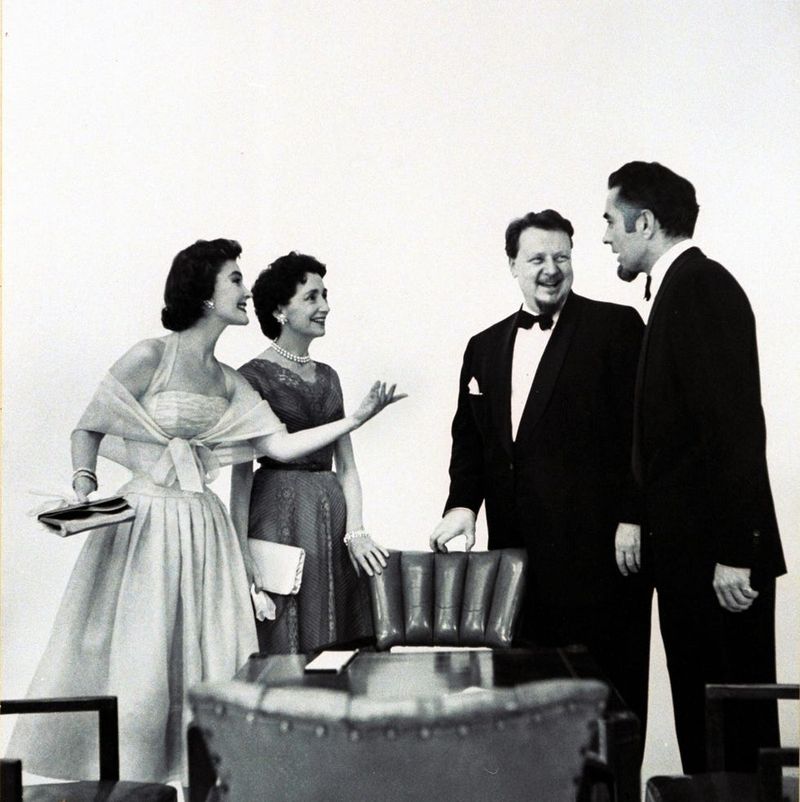
Politeness was the cornerstone of 1960s dining etiquette. Saying “please” and “thank you” was not merely encouraged; it was expected. This rule played a significant role in teaching children the value of courtesy and respect.
Using polite language fostered a pleasant dining atmosphere and reinforced social bonds. For today’s kids, who may find such formality unusual, this rule underscores timeless manners that transcend generations, emphasizing kindness and respect in all interactions.
13. Don’t speak with food in your mouth

Speaking with food in your mouth was considered rude and a breach of etiquette in the 1960s. This rule was instilled early, aiming to teach children proper manners and self-control at the dinner table.
It was about showing respect to others and maintaining a tidy appearance. This rule may seem stringent by today’s standards, where casual dining is more common, yet it highlights the importance of mindful eating and conversation during meals.
14. Use proper utensils for every course
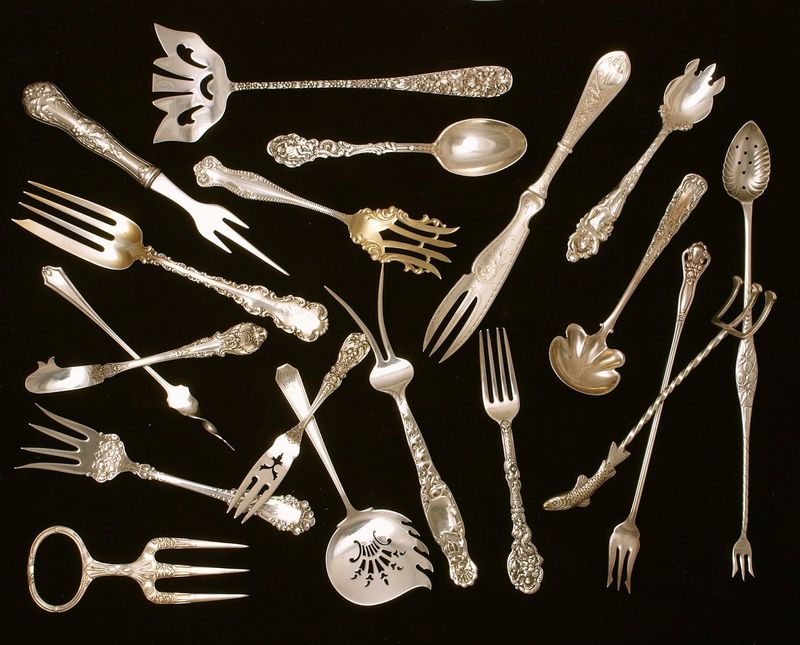
Dining in the 1960s often involved a full array of utensils, even in informal settings. Knowing which fork or spoon to use for each course was a matter of pride and etiquette. This rule taught attention to detail and respect for the dining experience.
Children learned to navigate these tools with skill, enhancing their dining confidence. While today’s meals might sometimes skip this formality, the rule illustrates how detailed and respectful dining practices were in the 1960s.
15. Pass food to the right
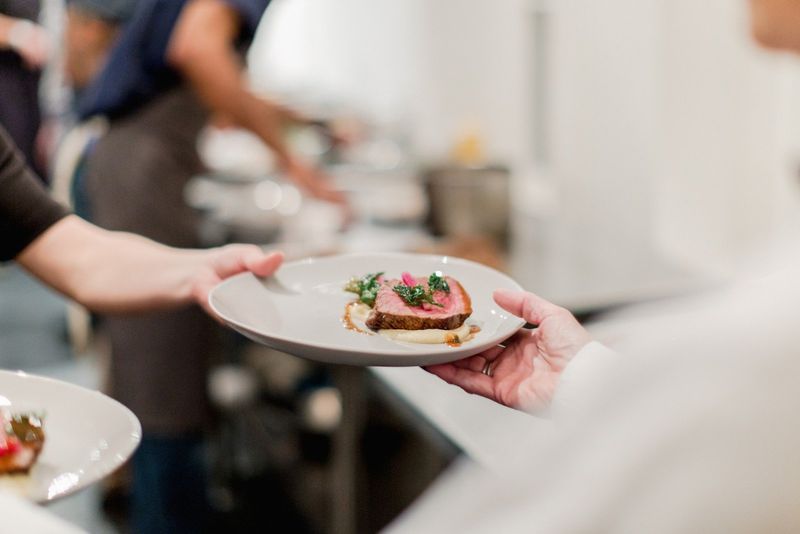
Passing food in a clockwise direction was the norm in the 1960s, intended to minimize confusion and ensure that everyone was served efficiently. This rule illustrated the organized and thoughtful nature of family dining.
By standardizing the direction, meals proceeded smoothly, reinforcing a sense of order and respect. Though today’s dining might be more relaxed, this rule reflects the structured etiquette of the era, highlighting family harmony and cooperation.
16. Compliments to the cook were expected

Expressing appreciation for the meal was an essential part of dining in the 1960s. Compliments to the cook, often the mother, were expected and warmly received. This rule fostered gratitude and recognition for the effort put into preparing the meal.
Children learned the importance of acknowledging kindness and effort, creating a positive dining atmosphere. Although today’s meals might not always include this practice, it emphasizes the value of gratitude and shared appreciation.
17. Never leave the table early
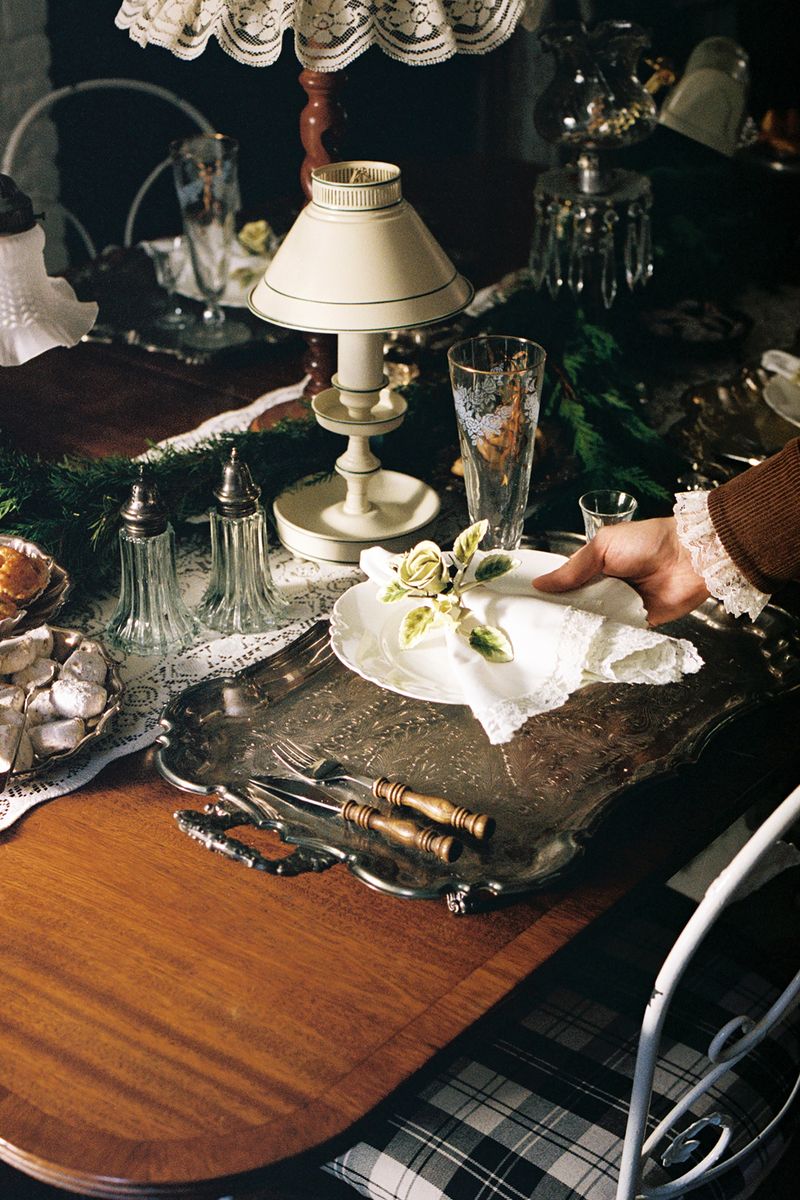
Meal times were not rushed in the 1960s. Leaving the table before everyone was finished was seen as disrespectful and disruptive. This rule emphasized patience and consideration for others, ensuring that family meals were a shared experience.
Remaining at the table until the host signaled the end of the meal reinforced a sense of unity and respect. While today’s fast-paced lifestyles might challenge this rule, it illustrates the importance of family cohesion.
18. Kids sat at a separate “children’s table” during gatherings

During family gatherings or holidays, children often had their own separate table. This rule allowed adults to converse freely while kids enjoyed their meal together. It was a way of acknowledging different social dynamics and needs.
The children’s table was a place of fun and camaraderie, offering freedom to be a bit more relaxed. For today’s kids, this might seem unusual, yet it reflects the organized and structured nature of 1960s family events.
